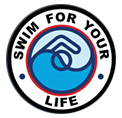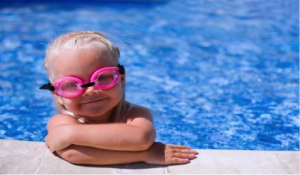What is Secondary Drowning ?
Secondary drowning can develop hours after a swim, bath or anything associated with water. This type of drowning results without water in the airways. It is a secondary injury which is often classed as a drowning incident.
It is a very mild form of drowning. One takes in a small amount of water and splutters and coughs, but seems OK shortly thereafter. Over time, a reaction develops in the lungs. The water itself is gone but the lungs become inflamed. There is a change in blood flow that impacts the lungs sacs.
Secondary Drowning Symptoms
Most symptoms involve irregular breathing and may include trouble catching their breath, breathing too quickly or panting and excessive coughing. Inadequate oxygen can cause unexplained tiredness or unusual behaviour such as disorientation or slurred speech and is something that slowly builds up.
So be aware that:
- Only a small amount of water is needed to induce secondary drowning. An incident can be caused by time in open water, indoor pools or even the bathtub.
- Secondary drowning typically happens without water in the airways. It is a reaction of the lungs following previous inhalation of water.
- Secondary drowning typically occurs 5-8 hours after the initial incident.
- Symptoms can include difficulty breathing, coughing, wheezing, panting and shortness of breath with exertion. Lack of oxygen can also cause unexplained fatigue, unusual behaviour, disorientation and slurred speech.
- Monitoring your child is very important.
For more information contact us at Swim for your Life on 66801614








